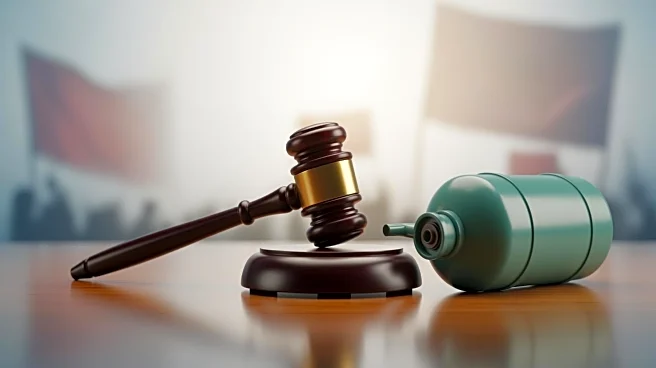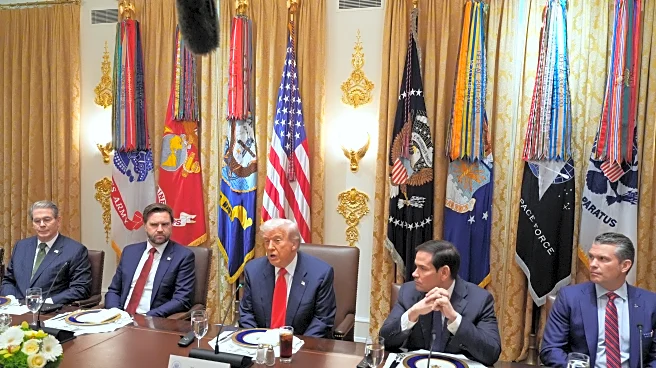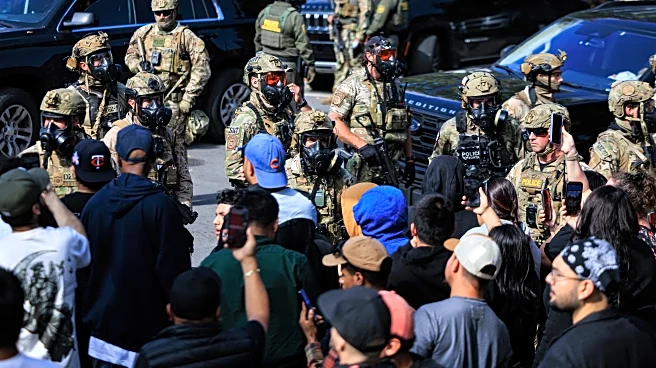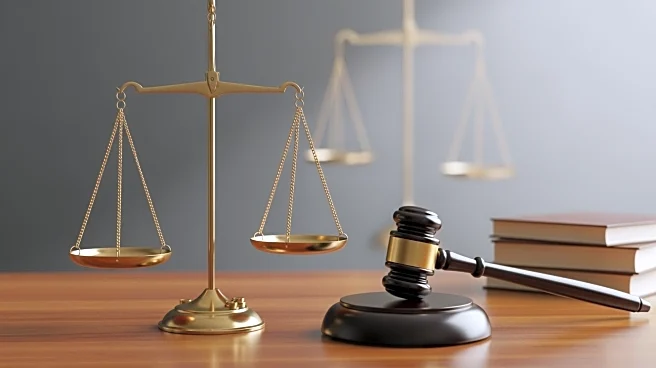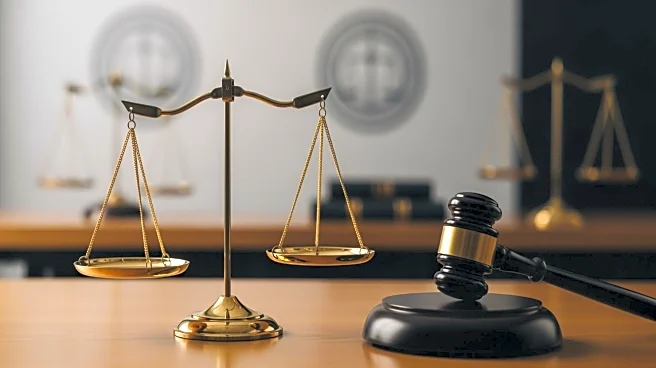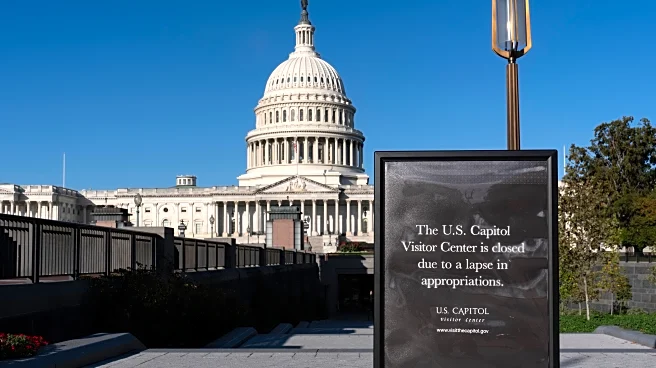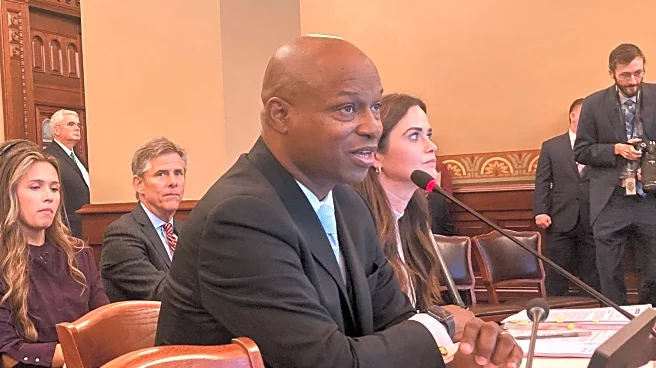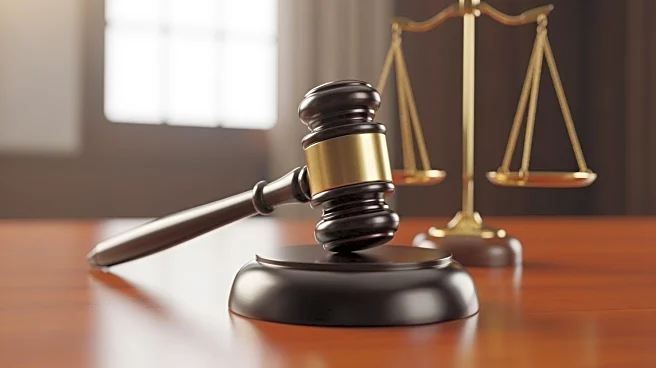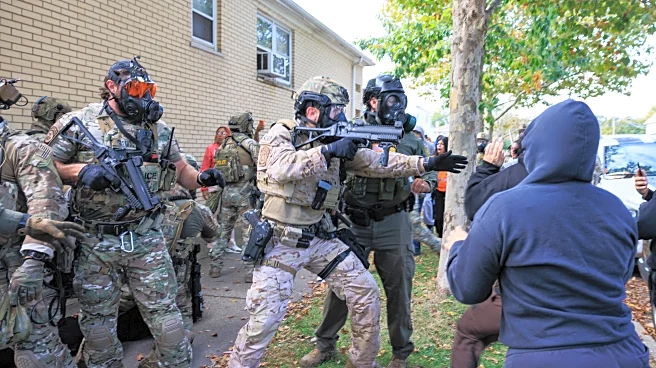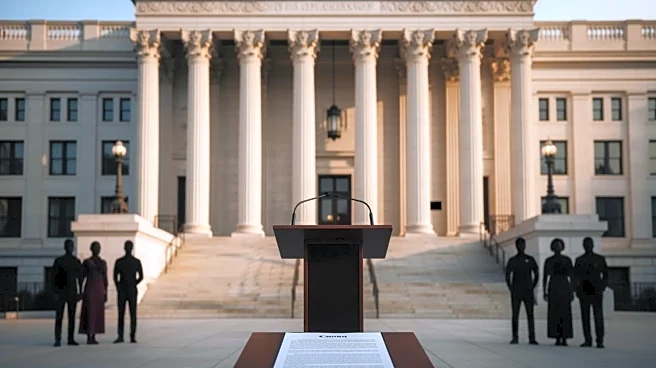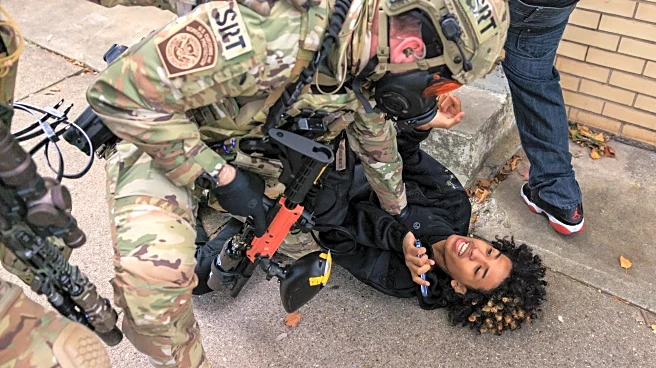What's Happening?
A federal judge in Chicago has expressed profound concern over the actions of Immigration and Customs Enforcement (ICE) agents, who are accused of violating a temporary restraining order by using tear gas on protesters and journalists. U.S. District Judge
Sara Ellis has summoned ICE Field Director Russell Hott to court to address these allegations. The judge is considering modifying the restraining order to require ICE agents to activate body cameras during public encounters. The restraining order was initially issued to prevent agents from using tear gas and other projectiles against peaceful protesters unless they pose an immediate threat. The Department of Homeland Security claims that protesters were throwing rocks at officers, while the judge insists that the actions of federal agents have violated constitutional rights.
Why It's Important?
The judge's actions highlight ongoing tensions between federal immigration enforcement and local communities, particularly in sanctuary cities like Chicago. The use of tear gas and aggressive tactics by ICE agents has sparked public outcry and raised concerns about civil liberties and the right to protest. The case underscores the broader debate over immigration enforcement policies under President Trump's administration, which have been criticized for their harshness and impact on immigrant communities. The outcome of this legal challenge could set a precedent for how federal agents are allowed to operate in urban areas, potentially influencing future immigration enforcement strategies and civil rights protections.
What's Next?
The court hearing scheduled for Monday will provide an opportunity for ICE Field Director Russell Hott to explain the agency's actions and compliance with the restraining order. The judge's consideration of body camera requirements for ICE agents could lead to changes in enforcement practices, aiming to increase transparency and accountability. The legal proceedings may also prompt further scrutiny of federal immigration policies and their implementation in sanctuary cities. Stakeholders, including civil rights groups and local government officials, are likely to continue advocating for the protection of constitutional rights and humane treatment of immigrants.
